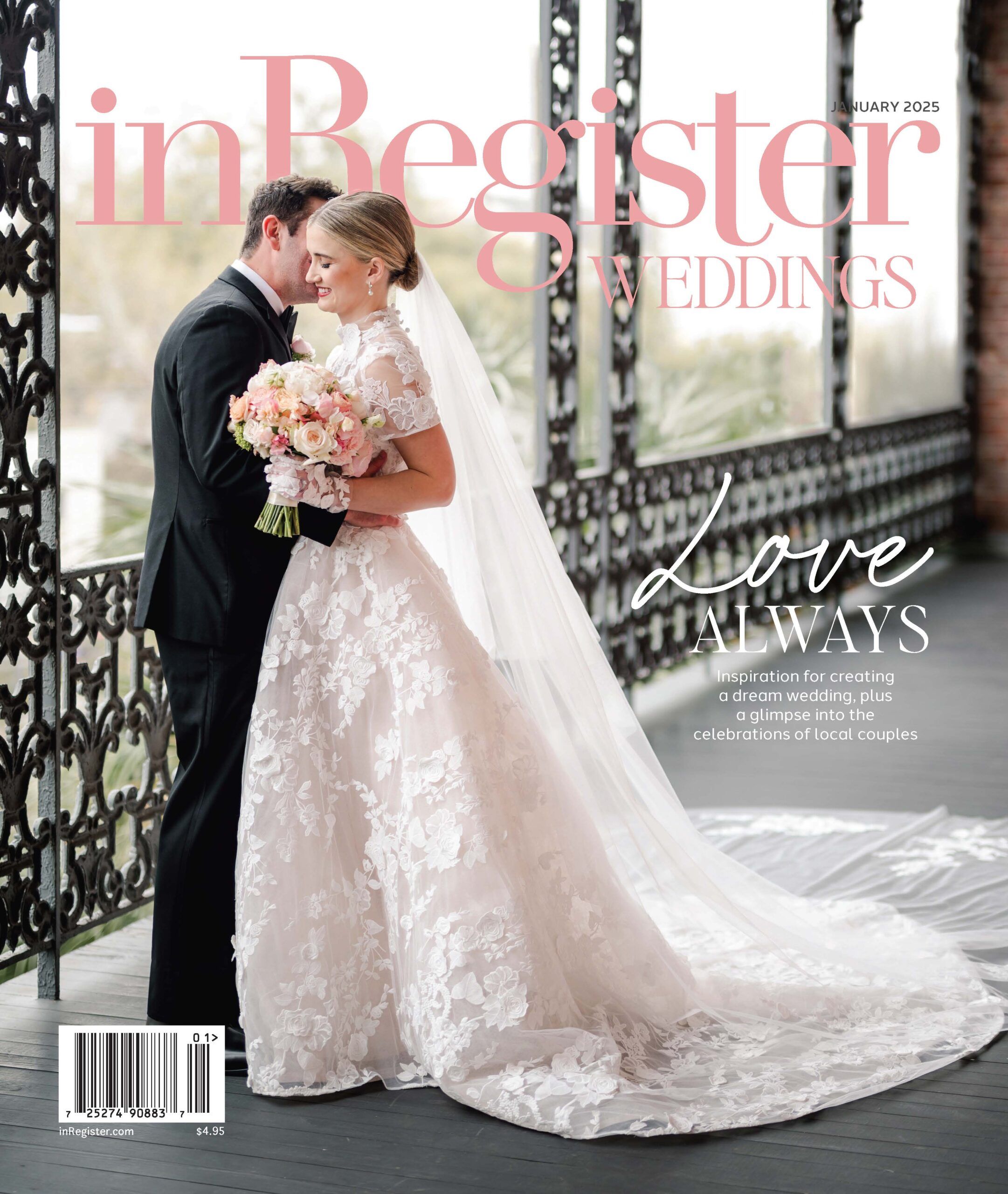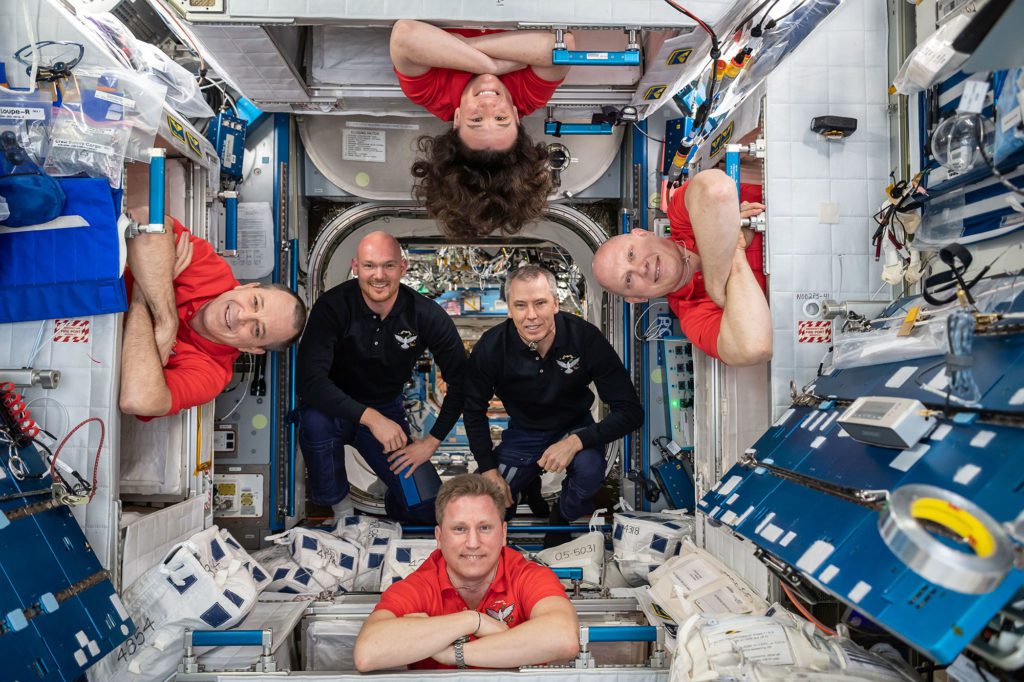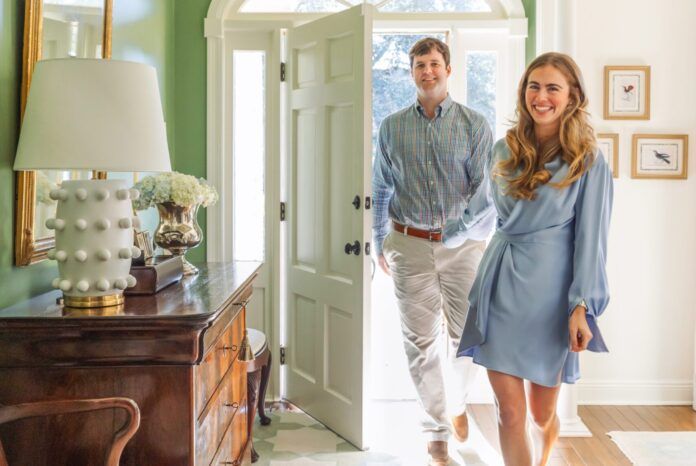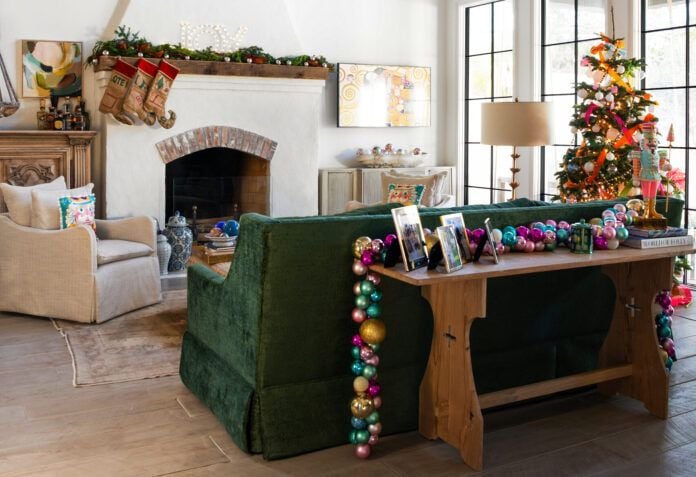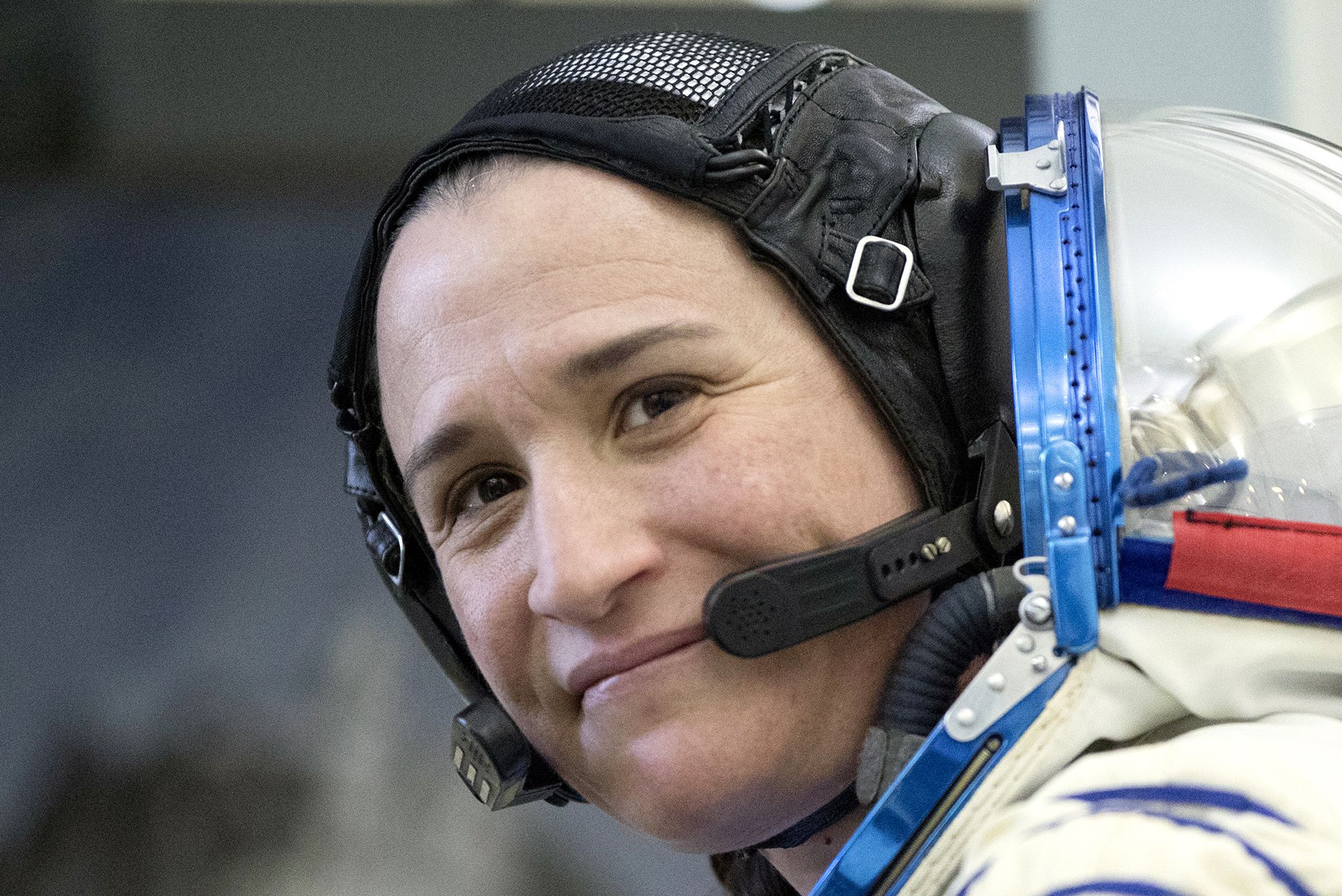
Out of this world: Astronaut and physician Serena Auñón-Chancellor brings her expertise to Baton Rouge
Spend enough months on the International Space Station one year, and you’ll remember to bring your Darth Vader costume the next.
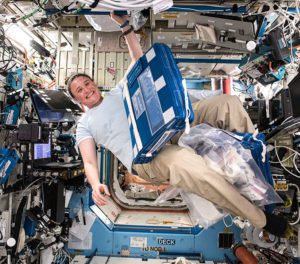 Or so says Serena Auñón-Chancellor, the Indiana-born and Colorado-raised physician and astronaut now teaching at the LSU Health Sciences Center’s Baton Rouge campus. Back in October of 2018, she could still be found approximately 220 miles above the Earth’s surface, taking part in an impromptu Halloween party with cosmic colleagues Alexander Gerst of Germany and Sergey Prokopyev of Russia—when she wasn’t conducting essential experiments as flight engineer or operating robot arms or staving off microgravity bone loss, that is. Earlier that month, the team had expected to be joined by more colleagues until the would-be launch aborted, leaving the three astronauts to continue the remainder of their 197 days aboard the ISS alone.
Or so says Serena Auñón-Chancellor, the Indiana-born and Colorado-raised physician and astronaut now teaching at the LSU Health Sciences Center’s Baton Rouge campus. Back in October of 2018, she could still be found approximately 220 miles above the Earth’s surface, taking part in an impromptu Halloween party with cosmic colleagues Alexander Gerst of Germany and Sergey Prokopyev of Russia—when she wasn’t conducting essential experiments as flight engineer or operating robot arms or staving off microgravity bone loss, that is. Earlier that month, the team had expected to be joined by more colleagues until the would-be launch aborted, leaving the three astronauts to continue the remainder of their 197 days aboard the ISS alone.
“It was movie night, and we had watched a documentary on Shackleton, the explorer whose ship got stuck on ice in the Arctic for months,” says Auñón-Chancellor. “Shackleton had continued to celebrate birthdays and holidays to keep up behavioral health, so Alex, who was our commander at the time, decided we’d have a Halloween party with costumes and music and good food—he had brought the Darth Vader costume, Sergey was Elvis, and I was a mad scientist. I even had Halloween candy that my husband had packed for me.”
Now training internal medicine residents and treating COVID-19 patients simultaneously, Auñón-Chancellor, who has trained extensively for life in extreme circumstances as well as in the fields of internal and aerospace medicine, couldn’t be more up to the challenge.
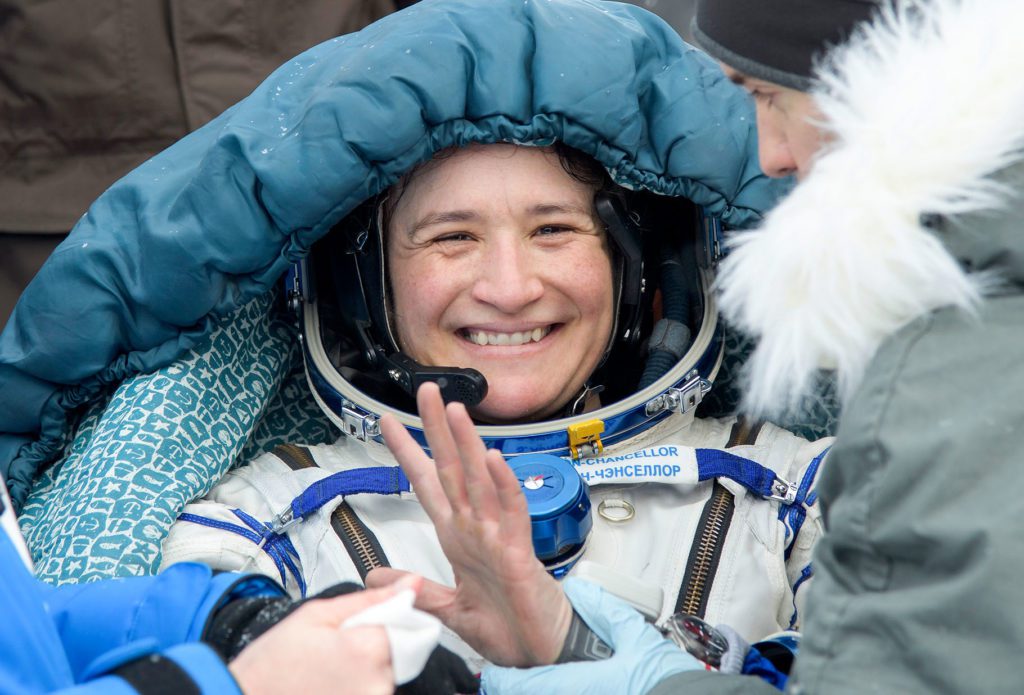
“I look at it this way: regular medicine is ‘normal environment, abnormal body.’ Aerospace medicine is ‘normal body, abnormal environment,’” she says. “It’s about looking at how human physiology changes in those conditions, and how that impacts human performance.”
After all, Auñón-Chancellor estimates that up to 80% of experiments performed on the ISS—which include studies on Parkinson’s Disease, chemotherapy, muscle atrophy, plant growth and more—are conducted for the benefit of life on Earth. Having been selected by NASA in 2009, she logs hour after hour observing our world at its most extreme so that the rest of us might live normal, carefree lives. She also continues to cover medical issues and on-orbit support in the Astronaut Office. Some studies being performed right now look at plant growth in microgravity and altered soil environments, she says, as well as how cement mixes in microgravity. And if any of that hints at a future of extraterrestrial construction, well, you might be onto something.
“The Artemis lunar exploration program is one of NASA’s biggest projects right now,” says Auñón-Chancellor. “The moon is what we’ll need to shoot for again if we eventually want to travel to Mars, kind of like a stopover.”
NASA aims to have boots on the ground of the moon again in 2024, including those of the first woman to walk on the moon. But even an astronaut longs for the vintage vibes of home sweet home, a place that becomes more novel the more it shrinks in a spaceship window.
“When you’re on the space station, you can look out and see this big beautiful planet, but it’s much harder to feel it,” says Auñón-Chancellor. “You miss the feel of the Earth, you miss the smells, you miss the weather, you miss feeling the rain and the wind. You miss standing outside on your back patio in the early morning and listening to the silence. You miss the crickets at night, you miss the locusts, all those things that make this planet so hard to replicate.”
With her feet on the ground for the time being—and still recovering from the disuse osteoporosis all astronauts experience after months in microgravity—Auñón-Chancellor can look at the sky and find the stars ever bright, a beacon of Earth’s finer future courtesy of galactic science, and a memory of her honor to serve as America’s envoy.
“Up there,” she says, “you move in three dimensions, you float, you fly—those are things I still dream about. You understand that each day up there is a gift, and each day you have huge expectations put upon you, and you want to make sure you meet those expectations and do a good job for your country while still having fun. And that’s all it comes down to.”

